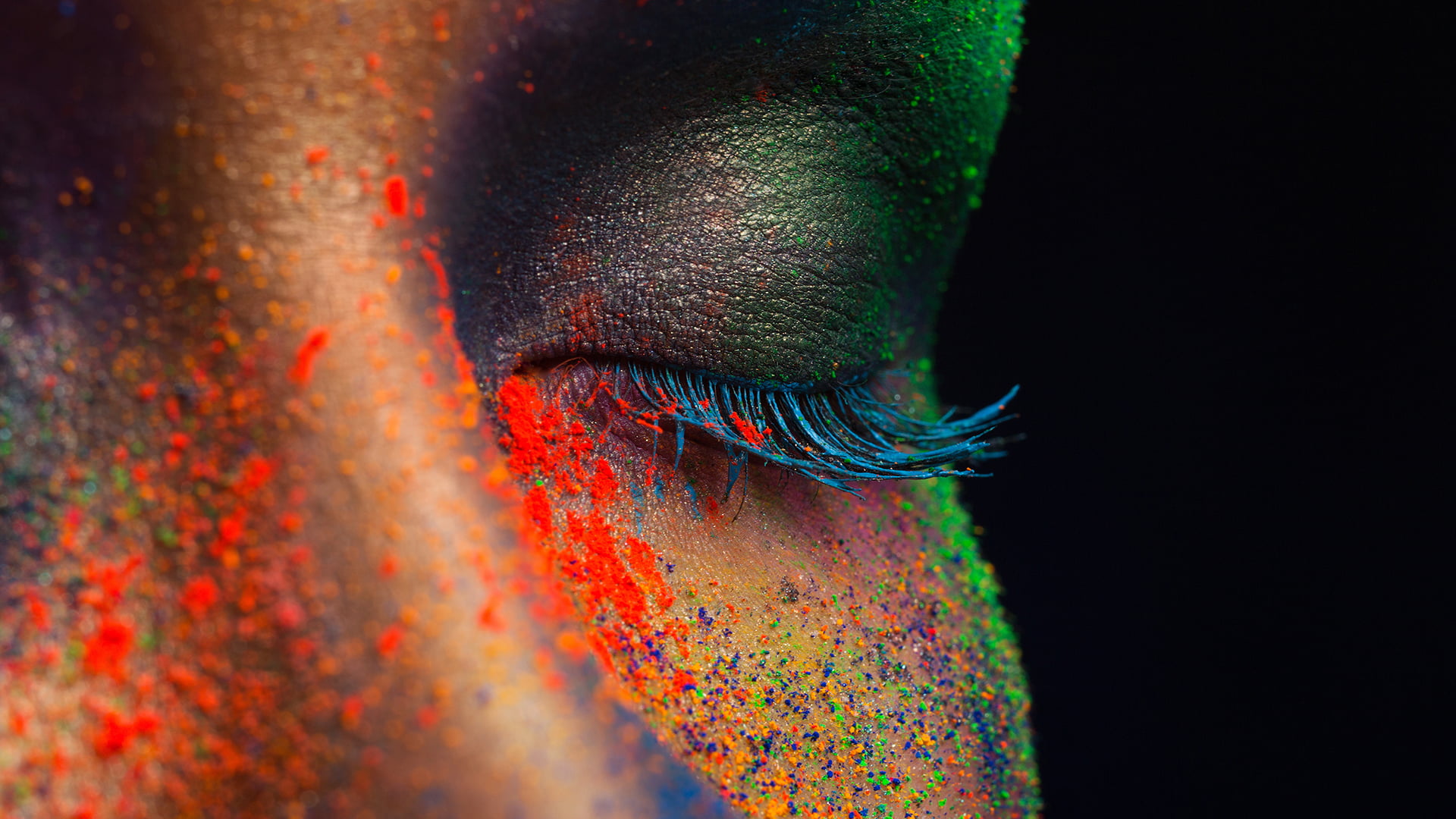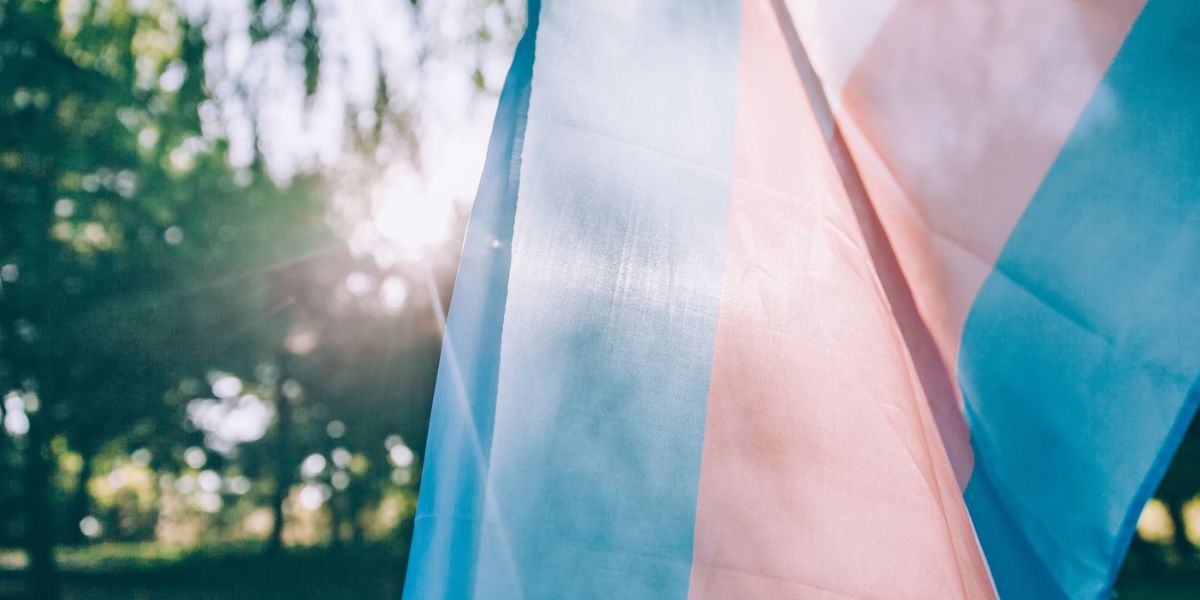
Black History Month is a time for people to make space for important discussions surrounding race, to amplify Black voices and celebrate Black creators. We reflect on our colonialist histories, institutionalized racism and violence, diversity and inclusivity, and how we can actively contribute to social causes aimed at challenging racism.
For brands, it’s important to pause and think critically about how we contribute to these discussions. Simply tossing together an Instagram graphic with an MLK quote isn’t enough—if anything, it could be considered virtue signalling and may seem like a low-effort attempt to do the bare minimum.
But that raises another important point—how do brands gauge whether their allyship is enough? Are their efforts centred around helping Black communities, or are they centering themselves in the conversation to gain credibility? Our Marketing Manager Erica Urias has some insights on how brands can participate in ways that truly contribute toward racial justice, and not just your company’s bottom line.
Making Genuine Connections
As marketers, we can’t stress this enough: consumers expect authenticity. If you’re not being authentic, people can easily sense that contrivance and will hold you accountable. Social media has provided a platform for people to dissect and discuss marketing tactics, so you need to be confident in the impact of your tactics and messaging.
Is what you’re saying externally matching what you’re saying internally? —Erica Urias
For a brand to be truly authentic in their discussions of Black History Month, they must first look inward. What kind of connections are you building with Black creators, businesses, and the community as a whole? How diverse is your team, and are you making space for new perspectives? If you’re not walking the walk, then your contributions to the conversation will fall flat.
It’s Not Just a Month
Building these connections with the Black community shouldn’t just be reserved for February—it’s a value that should be woven throughout the fabric of your brand. If you continually work toward becoming a more inclusive brand, providing opportunities for Black creators, and truly listening and responding to the messages of Black activists and leaders, then your Black History Month messaging will be much more impactful.
Nike is an excellent example of a brand putting in the work and succeeding. Erica says she admires the brand because the authenticity and constancy of their efforts is so clear, and it feels good to see people that look like her featured throughout their marketing. They have diverse models, they feature music and art by Black creators, and they actively stand up for the community.
The Colin Kaepernick campaign for Nike was nothing short of ground-breaking—people suddenly saw the power a brand could have in creating positive change and challenging institutions when they truly put in the work. They took a firm stance and showed their support, regardless of any blowback they’d receive, because they recognized the importance of supporting the Black community.
Collaborate with Black Creators and Businesses
The most powerful way for brands to make meaningful connections and contributions to the Black community is through collaboration! Hire Black actors, feature Black music in advertisements and make deals with Black suppliers.
If you want to diversify your supply chain but don’t know where to start, organizations like CAMSC can help match up your business with diverse suppliers. Other organizations like TECHNATION provide wage subsidies for tech companies to hire diverse students for a paid work placement.
Be Open to New Perspectives
In The Proximity Paradox, written by UpHouse co-owners Kiirsten May and Alex Varricchio, they discuss the necessity of routinely bringing in new voices and perspectives to your team. You’re not likely to have any major creative breakthroughs if you’re working with the same small team, from the same city, with the same backgrounds. You need to shake things up! Making space for new voices and collaborating with diverse people is good for the world, and your business.
Even at UpHouse, where we have continually strived to maintain a diverse team, we try to reflect on how we can broaden our perspectives and open the floor to more voices. Being open to diverse perspectives means looking outside of your traditional networks and ways of doing things, and beyond your community to see new perspectives. Prioritizing this value provides us with a sense of direction for how we can continue to diversify our creative team as we expand and build new connections.
We encourage everyone to participate in conversations and contribute to Black initiatives—during Black History Month, and throughout the rest of the year—but before you start posting, remember to pause and ask, “Is what you’re saying externally match what you’re doing internally?” If your actions match your words, your words will do much more good.




